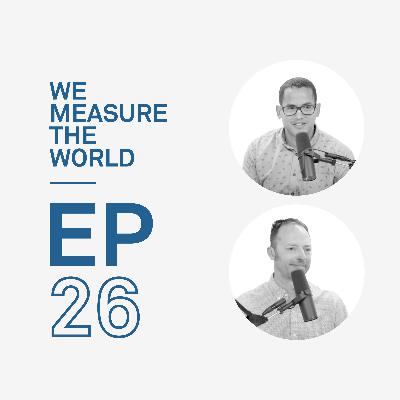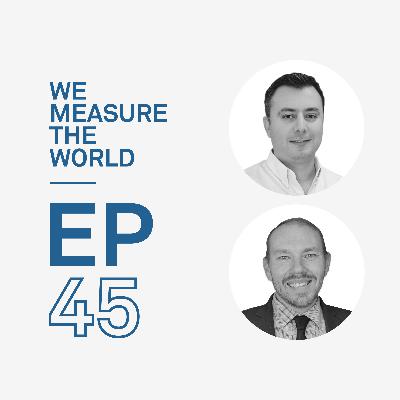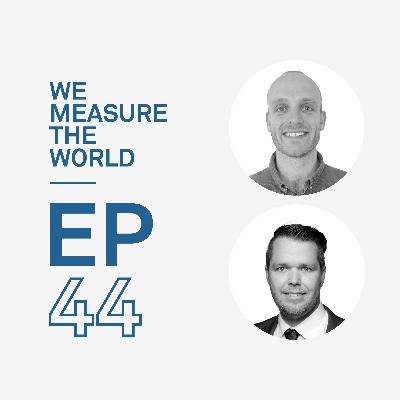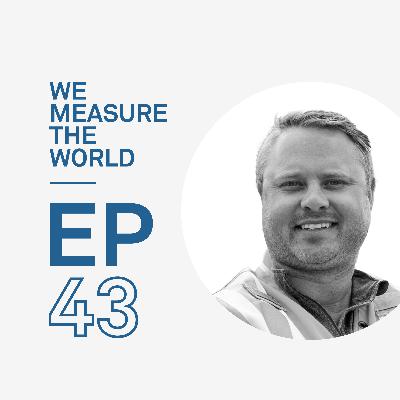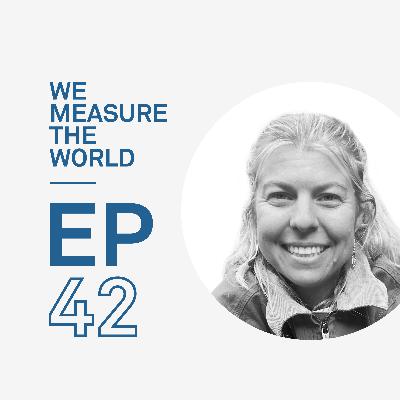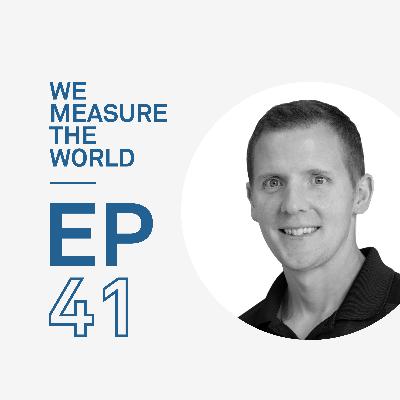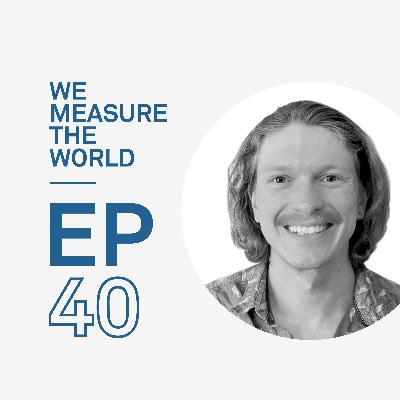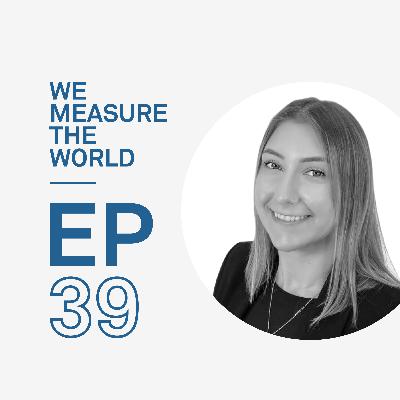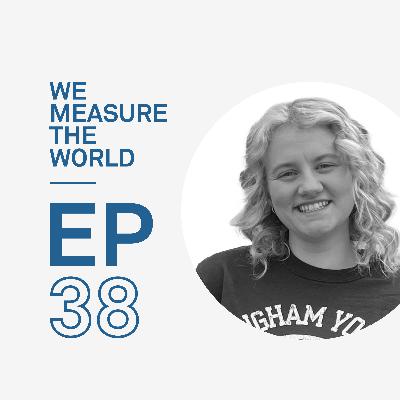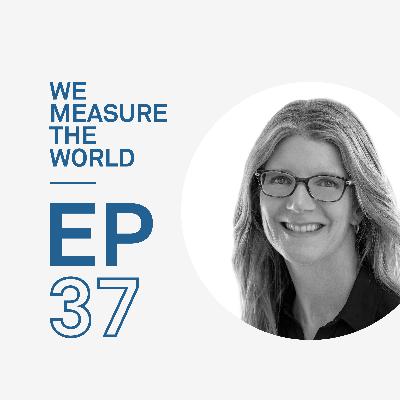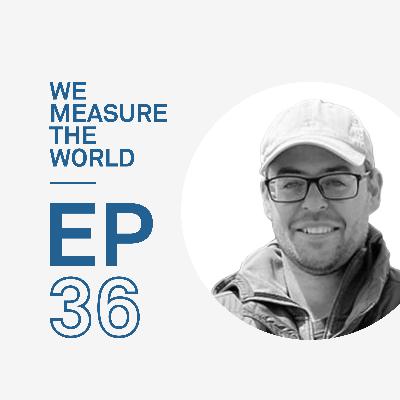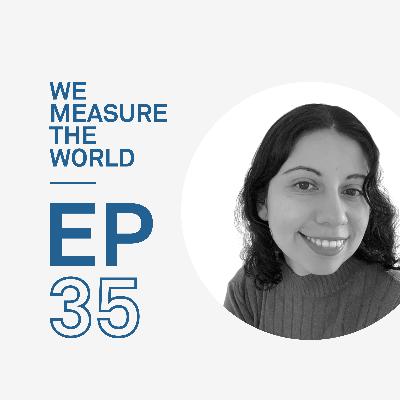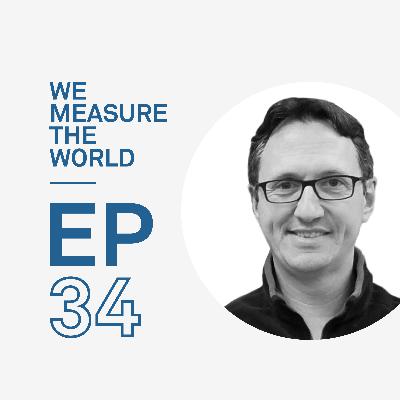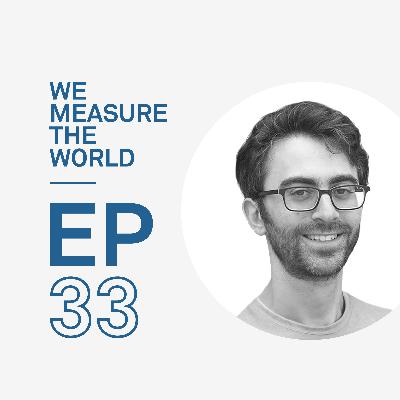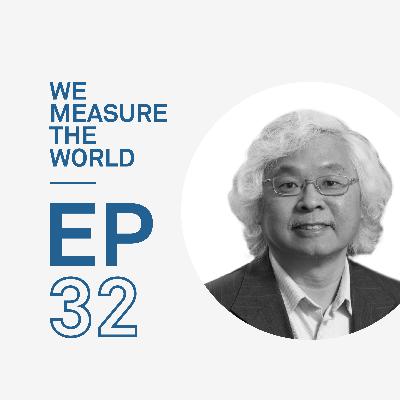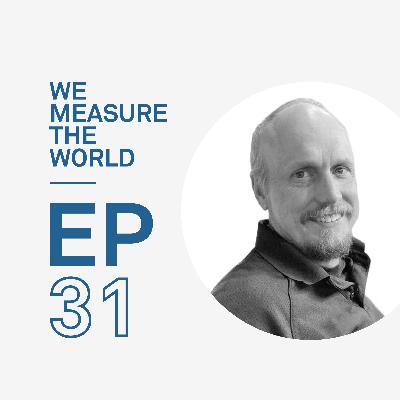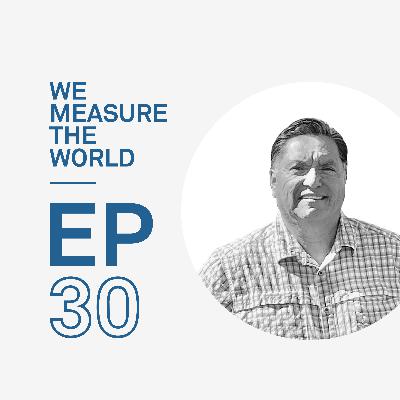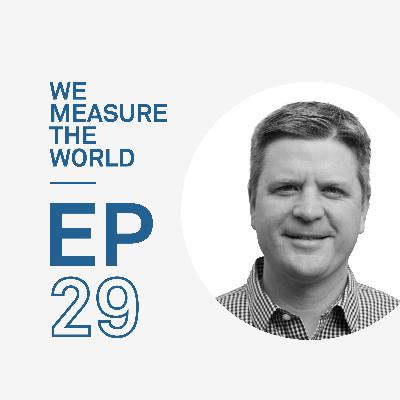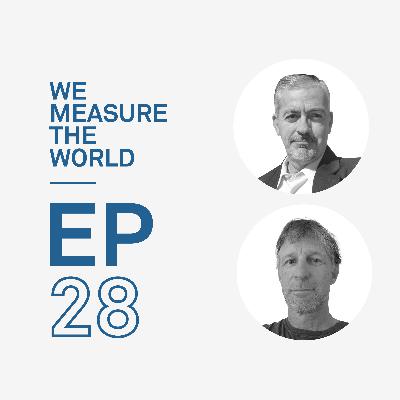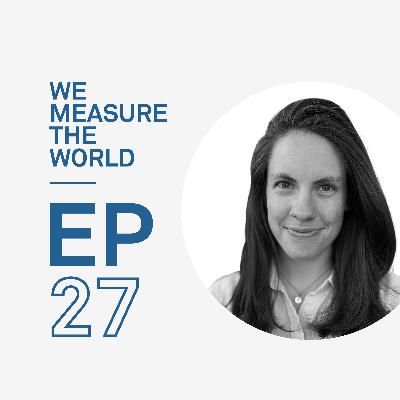Episode 26: Choosing between water content and water potential
Description
Chris Chambers operates as the Environment Support Manager and has been the Soil Moisture Sensor Product Manager for many years at METER Group. He specializes in ecology and plant physiology and has 15 years of experience helping researchers measure the soil-plant-atmosphere continuum.
Leo Rivera operates as a research scientist and Director of Scientific Outreach at METER Group. He earned his undergraduate and master’s degree in soil science at Texas A&M University where his research focused on the impacts of land use and landscape on soil hydraulic properties. He also helped develop an infiltration system for measuring hydraulic conductivity used by the NRCS in Texas. Currently, Leo leads METER’s collaborative research efforts, and focuses on application development in hydrology instrumentation, including the SATURO infiltrometer and the HYPROP. He also works in R&D to explore new instrumentation for water and nutrient movement in the soil.
Links to learn more about Leo Rivera
Author page on Environmental Biophysics Blog
Links to learn more about Chris Chambers
Chris Chambers biography on METER
Podcast Transcript:
BRAD NEWBOLD 0:00
Hello everybody and welcome to We Measure the World, a podcast produced by scientists for scientists.
CHRIS CHAMBERS 0:08
So if you have matric potential soil suction, and water content, do you even need to know anything about the soil type anymore?
LEO RIVERA 0:17
You know, when it comes to understanding the hydraulic properties of soil? No, those are the things that we need to get to, to know. Now there are other physical properties that we probably need to understand soil type when it comes to like plasticity index and things like that. But for most people, most applications if you know the water content and water potential, and you understand that relationship, that tells you pretty much everything you need to know.
CHRIS CHAMBERS 0:43
Any comments on that can go straight to Leo Rivera.
LEO RIVERA 0:46
Or Brad just one of us!
BRAD NEWBOLD 0:51
That's a small taste of what we have in store for you today. We Measure the World explores interesting environmental research trends, how scientists are solving research issues, and what tools are helping them better understand measurements across the entire soil plant atmosphere continuum. Today's guests are research scientists Leo Rivera and Chris Chambers, both of whom are water content and water potential sensor and application experts here at meter group. Chris chambers operates as the environment Support Manager and has been the soil moisture sensor Product Manager for many years at METER Group. He specializes in ecology and plant physiology, and has 15 years of experience helping researchers measure the soil plant atmosphere continuum. Leo Rivera operates as a research scientist and director of scientific outreach at METER Group. He earned his undergraduate and master's degree in soil science at Texas a&m University. And there his research focused on the impacts of land use and landscape on soil hydraulic properties. He also helped develop an infiltration system for measuring hydraulic conductivity used by the NRCS and Texas. Currently, Leo leads METER's collaborative research efforts and focuses on application development in hydrology instrumentation, including the SATURO Infiltrometer and the HYPROPROP. He also works in r&d to explore new instrumentation for water and nutrient movement in the soil. So Leo and Chris, thank you so much for being here.
LEO RIVERA 2:13
Thanks, Brad.
CHRIS CHAMBERS 2:14
Thanks, Brad. Happy to be here.
BRAD NEWBOLD 2:17
All right. So we probably need to start out by talking about the differences between soil water content and soil water potential. Can, can you just give us a brief definition of both these parameters? What is soil water content? And what is soil water potential?
CHRIS CHAMBERS 2:34
Right. And so what we're talking about is ways to describe the state of water in the soil.
LEO RIVERA 2:40
Yep.
CHRIS CHAMBERS 2:41
And they are both extremely valuable and give you complimentary information. And so the soil water content is the amount of water there, it's how much water is in any given volume of soil. And the water potential is the energy state. So when we talk about these things, people will generally say soil moisture, and they generally mean water content.
LEO RIVERA 3:07
Yep.
CHRIS CHAMBERS 3:07
We're trying to get a little broader view of soil moisture out there. And it really includes both of these parameters.
LEO RIVERA 3:15
Yeah, yeah. And oftentimes, I mean, when people look at water content or water potential, they're typically looking at it in terms of volumetric water content, how much water is there per volume of soil, but geotechnical engineers often often like to look at in terms of gravimetric water content. So it often depends on the field that you're coming from and how you want to look at it. geotechnical engineers also like to call soil water potential soil suction, and they look at it in terms of a positive value. So it's the inverse of water potential, which this takes some time. It takes a little bit to wrap your mind around that sometimes. But depends on the field you're coming from and what you're really trying to understand and how you're using that information.
CHRIS CHAMBERS 3:52
Yeah, but in the end, it's the mass and the energy state.
LEO RIVERA 3:56
Yep.
BRAD NEWBOLD 3:57
All right. So that being said, what types of situations would you only need soil water content? And in the same, you know, the same vein? What type of situations would you only need soil water potential?
CHRIS CHAMBERS 4:10
Can we play our favorite game for a bit?
BRAD NEWBOLD 4:13
Sure!
CHRIS CHAMBERS 4:13
Okay, water content or water potential? Okay, we've done this a couple of times, so you might have seen it before. Bear with us a little bit, okay! Um, so let's start with maybe maybe not as easy as you might think. A setpoint for irrigation control?
LEO RIVERA 4:30
Ooh, good question. So, ideally, we're going to control irrigation to hit a target water potential. But we need the water content to know how much water we need to add to hit those target points.
CHRIS CHAMBERS 4:45
See, we threw the curve in too early. Yeah, we'll come back to that. Yeah. Let's do a new one. How much? How much tension is going to be on the water column of a plant?
LEO RIVERA 4:59
Water potential.
CHRIS CHAMBERS 5:00
Water potential all the way. Let's say how, what if what you want to measure if you want to measure the amount? See, I'm giving, I'm giving it away here. It's hard. It's hard to phrase these without giving it away in the question. The amount of water loss.
LEO RIVERA 5:17
The amount of... I mean, water content is gonna give us the information there. Right, right. Let me throw one your way. If there's a risk of slope failure?
CHRIS CHAMBERS 5:27
Woohoo. So once again, we're back to needing both of those, right?
LEO RIVERA 5:34
Yeah, I think, first of all failure water, the amount of water there is helpful, but the biggest factor is the water potential or the soil suction, as I refer to it, because that kind of gives us that intrinsic strength component.
CHRIS CHAMBERS 5:50
But sometimes the positive pressure is a factor there too, right?
LEO RIVERA 5:52
For sure. How's it? Yeah, yeah. So we're really we're ideally looking at both the negative and positive pore pressures.
CHRIS CHAMBERS 5:59
Great. How about freezing potential in, like, say in like a wheat hardiness study?
LEO RIVERA 6:10
Ooo oh a curveball in there. Yeah. That's a good question. Freezing potential. I mean, I think water potential is probably going to govern that more. Right. But also, we could use I mean, if it actually frozen, we can use temperature to infer the water potential.
CHRIS CHAMBERS 6:25
Yeah and that will kind of give you the same information. Right? When you when you hit the freezing point, they're both going to just look like really dry soils.
LEO RIVERA 6:32
Yeah. Yeah. And then from there, you can use temperature to kind of infer guess what, what's happening there.?
CHRIS CHAMBERS 6:38
So as long as we play this game, you think we'd be better at it by now.
BRAD NEWBOLD 6:43
All right, so you have given us a couple of instances here examples of when a water content and water potential work well together. So are there any other or not are there? But can you give us some other examples or situations when it's appropriate to measure both of those parameters at the same time,
CHRIS CHAMBERS 7:01
so people are really used to using water content? Because it it's easy to understand, right? Basically, a

